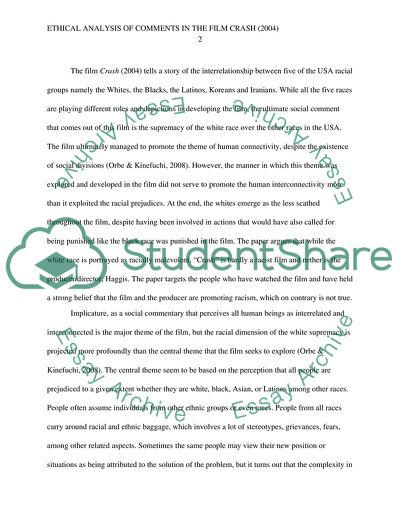Cite this document
(Ethical Analysis of Comments on White Supremacist in the film Crash Movie Review, n.d.)
Ethical Analysis of Comments on White Supremacist in the film Crash Movie Review. https://studentshare.org/history/1868043-evaluationethical-argument-assignment
Ethical Analysis of Comments on White Supremacist in the film Crash Movie Review. https://studentshare.org/history/1868043-evaluationethical-argument-assignment
(Ethical Analysis of Comments on White Supremacist in the Film Crash Movie Review)
Ethical Analysis of Comments on White Supremacist in the Film Crash Movie Review. https://studentshare.org/history/1868043-evaluationethical-argument-assignment.
Ethical Analysis of Comments on White Supremacist in the Film Crash Movie Review. https://studentshare.org/history/1868043-evaluationethical-argument-assignment.
“Ethical Analysis of Comments on White Supremacist in the Film Crash Movie Review”. https://studentshare.org/history/1868043-evaluationethical-argument-assignment.


